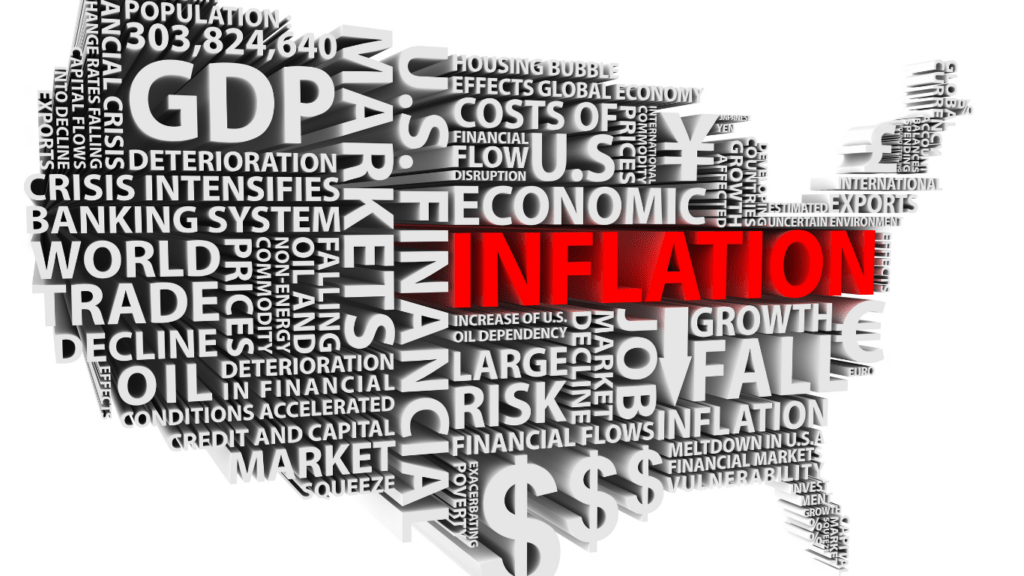The Global Impact of COVID-19 on Economies
COVID-19 caused unprecedented disruptions, reshaping global economies on multiple levels. In 2020 alone, global GDP contracted by 3.5%, according to the International Monetary Fund (IMF). Lockdowns, supply chain interruptions, and declines in consumer spending accelerated economic downturns in almost every country.
Unemployment rates surged worldwide. For example, the US saw a peak unemployment rate of 14.7% in April 2020, the highest since the Great Depression. Developing nations faced greater hardships, with millions seeing job losses in informal sectors like street vending and subsistence farming.
Global trade volumes dropped sharply during the first wave of the pandemic. According to the World Trade Organization (WTO), world merchandise trade fell by 15% during Q2 2020 versus the same period in 2019. Industries dependent on international logistics, such as manufacturing and retail, experienced severe delays.
Healthcare systems came under extraordinary pressure, driving significant public spending spikes. For instance, the US allocated over $4 trillion in stimulus packages by 2021 to support healthcare and economic recovery. Countries with limited resources faced amplified economic inequalities due to lower spending power.
Tourism-dependent economies suffered major setbacks. International tourist arrivals had a 73% decline in 2020, costing over $1.3 trillion globally, says the United Nations World Tourism Organization (UNWTO). Small businesses in local tourism hubs were disproportionately affected.
Although challenges persisted for years, many economies began transitioning toward recovery by late 2021.
Key Drivers of Economic Recovery
Several factors have spurred global economic recovery post-COVID. These include government interventions, technological advancements, and collective community efforts.
Government Stimulus Packages
Substantial stimulus packages have supported economic stabilization. In the US, $4 trillion was allocated to unemployment benefits, business loans, and direct payments to citizens. Countries like Germany and Japan implemented similar measures, focusing on tax relief and job retention subsidies. These funds boosted consumer spending and safeguarded millions of jobs.
Innovations and Digital Transformation
Businesses rapidly adopted digital solutions to adapt. E-commerce platforms saw a 27.6% growth in 2020, while remote work tools like Zoom and Microsoft Teams gained millions of users. Industries such as healthcare and education embraced technologies, including telemedicine and online learning, to deliver services. Automation and artificial intelligence streamlined supply chains, ensuring operational efficiency.
Community and Grassroots Efforts
Localized initiatives have sustained struggling communities. Farmers in India restructured supply chains, facilitating direct sales via online platforms. Community-based organizations in Brazil provided food and essential supplies to low-income families. Such efforts emphasized mutual aid and mobilized resources where institutional frameworks fell short.
Stories of Resilience Around the World

Emerging from the shadows of the pandemic, countless examples of resilience highlight:
- individuals
- businesses
- corporations
overcame challenges. Communities worldwide showcased adaptability and ingenuity in navigating economic recovery.
Small Business Comebacks
Small businesses have shown remarkable recovery by embracing digital platforms and innovative strategies. In 2020, 60% of small businesses in the US upgraded their online presence to reach customers remotely. A bakery in Italy transitioned to e-commerce to sell baked goods nationally, achieving record sales within months. Similarly, in India, a network of artisans began selling handcrafted products through digital marketplaces, accessing global buyers previously out of reach. Localized solutions like these underscore the agility of small businesses during recovery.
Corporate Adaptations and Pivots
Large corporations restructured operations to stay afloat and meet evolving consumer demands. In 2020, automobile manufacturers like Ford and General Motors shifted production to ventilators, contributing to healthcare supply chains. Fashion brands, including Zara and H&M, began producing masks and protective equipment while simultaneously refining e-commerce logistics to offset declines in physical store sales. Airlines, facing slashed passenger numbers, added cargo services and partnered with shipping companies to sustain operations. These pivots emphasized the importance of flexibility in responding to crises.
Individual Success Stories
Individuals worldwide played a significant role in driving innovation and growth during recovery. A software developer in Argentina created a remote collaboration tool, which attracted over 200,000 users within its first year. In Kenya, a farmer converted to sustainable practices, utilizing mobile platforms to distribute produce to urban areas and maintain steady income. Meanwhile, a former hospitality worker in New York launched a meal delivery service focused on affordability, gaining widespread community support. These examples highlight how adaptability drives personal and professional resurgence.
Lessons Learned From Economic Recovery
Economic recovery post-COVID reveals critical lessons about resilience, adaptability, and collaboration. Countries, industries, and individuals have demonstrated strategies that strengthen long-term economic systems.
- Diversification Reduces Vulnerabilities
Economies reliant on single industries, like tourism or oil exports, faced severe setbacks during the pandemic. Diversifying revenue streams has emerged as essential for enhancing economic stability, with examples including Caribbean economies investing in renewable energy and small-scale manufacturing to complement tourism. - Digital Transformation Is Indispensable
Businesses that embraced technology adapted more quickly to disruptions. A notable 27.6% growth in e-commerce in 2020 exemplifies the pivotal role of digital channels. Retailers adopting online platforms rapidly gained access to new markets, while remote work adoption improved business continuity. - Social Safety Nets Enhance Resilience
Emergency measures such as the $4 trillion US stimulus package highlighted the importance of strong safety nets. Countries with robust unemployment benefits and healthcare systems, like Germany, recovered more steadily, preventing severe societal impacts. - Local Solutions Strengthen Communities
Grassroots efforts provided critical support where institutional responses fell short. Indian farmers restructuring supply chains and Brazilian community groups organizing essential supplies underscore the importance of localized initiatives during periods of uncertainty. - Collaboration Accelerates Recovery
Public-private partnerships, like vaccine distribution efforts involving governments and pharmaceutical companies, showcased how cooperative actions fuel faster recoveries. Regional trade agreements and coordinated economic policies further stabilized supply chains and markets. - Adaptability Is Key to Survival
Stories of businesses pivoting operations, such as manufacturers producing ventilators or small enterprises leveraging e-commerce, emphasize the human capacity to innovate under pressure. Adaptability has proven crucial for survival and growth in dynamic economic landscapes.





